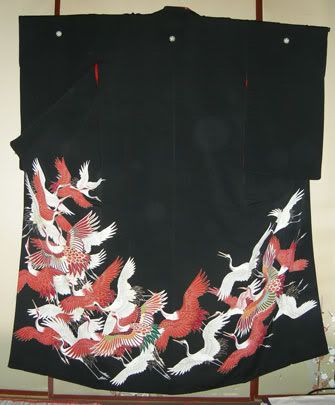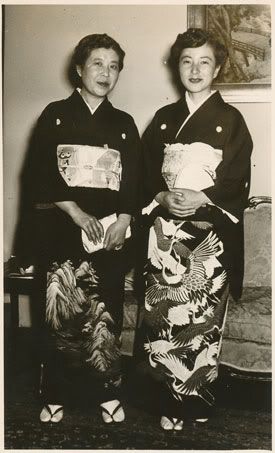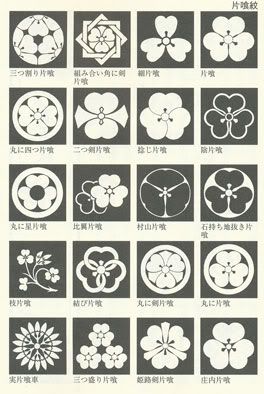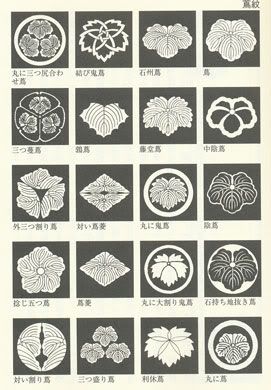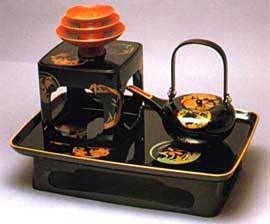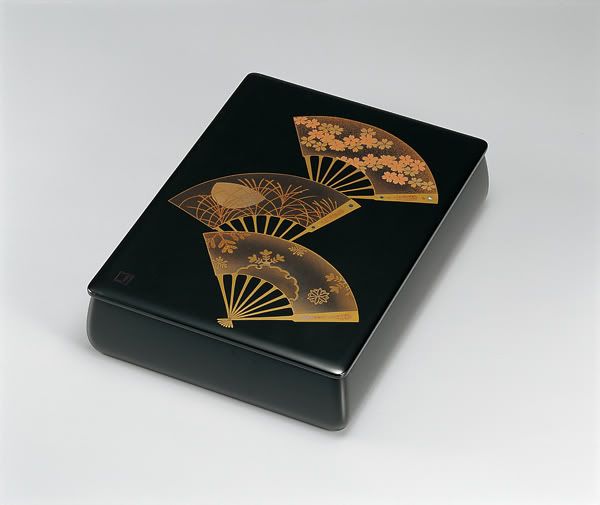As long as you don't take the strip-mall crests as canonical history, what's the harm in an interest in geneology, or in designing a coat of arms that harkens back to the historic conventions?
I mean I'm the furthest thing from an ethnic Briton, but I like family history, and from a militaria-historic standpoint heraldry is interesting.
I mean I'm the furthest thing from an ethnic Briton, but I like family history, and from a militaria-historic standpoint heraldry is interesting.

